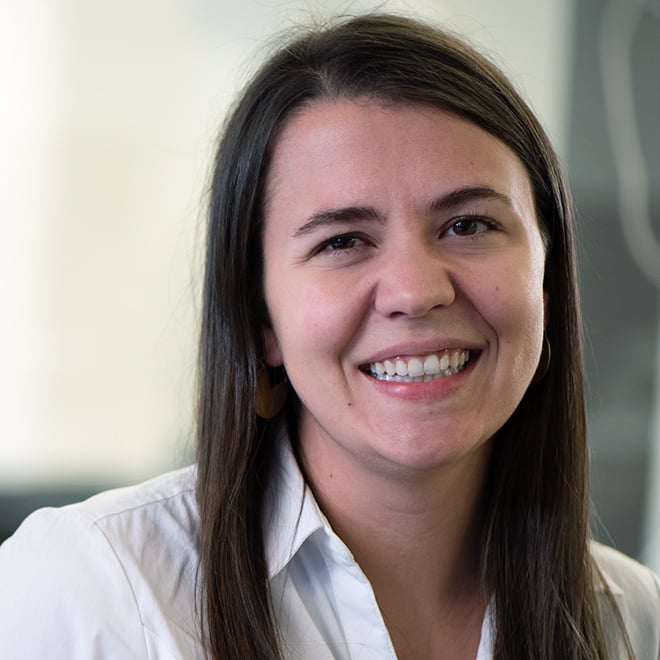I recently attended the 2018 ELI Annual Meeting, a conference dedicated to progress in higher education innovation, as most of them are these days.
One of the best sessions I went to was “Effective Educational Applications,” and it wasn’t the best just because we were introduced to an interesting application of virtual reality in the classroom.
To give the presentation some context — and at the risk of simplifying something complex — a team at Penn State University applied virtual reality to their geoscience program by creating a Virtual Field Trip (VFT) to replace in-person visits to a geological site. They were there to show us how the VFT impacted learning outcomes.
During the presentation, as I was actively jotting down ideas I could bring back to the Extension Engine team, Penn State displayed a slide that caught my eye.
It simply said: “Why bother?”
Why bother? Why bother applying virtual reality to a geoscience program? Why bother using innovative technology? Excellent questions for the faculty, instructional designers, and higher ed leaders sitting in that room.
The team had an equally energizing answer to their own question, one that should resonate with the entire industry. Though these are not their exact words, they essentially said, “it’s not working as well as it could, and we’re leaving opportunities on the table.”
Let that sink in for a minute.
Students in the geoscience program were expected to actually visit this geological site as part of their study. However, gathering students at the same time was, unsurprisingly, challenging. And when they actually got to the site, the sound from the highway they were standing next to was distracting. Not to mention, students at different campus locations didn’t have access to this location.
This is a long way of saying that every student had a different experience, and this resulted in varying levels of engagement. It was likely impacting learning outcomes.
The results showed that using the VFT, versus actually visiting the site, improved learning outcomes for some students. (I wish I had taken notes on the numbers.)
New learning sciences and innovative technologies are enabling institutions to create immersive, and yet scalable, student experiences that are improving learning outcomes.
The Penn State VFT is a great example of doing this at the classroom level, but this is also happening on larger scale. For example, one of our clients, MIT’s Center for Real Estate, brought an urban planning program to life through an immersive, multimedia platform which allows students to “visit” cities virtually.
This presentation is a reminder that if you’re not onboard with innovation in the classroom, and innovation in the industry, you’re leaving opportunities on the table.
And despite what you may think, your current learning strategy may not be working. Thus, you might be impeding the learning outcomes of our students.
Keep learning
How to Bring Your Online Learning Program Up to Its Full Potential
Designing a course around “what am I able to do?” produces an entirely different product than designing around “what learning experience would be best for the student?” This white paper will teach you how to adapt it to take advantage of evolving technologies.
![[WHITE PAPER COVER] How to Bring Your Online Learning Program Up to Its Full Potential (Higher Ed)*](https://blog.gostudion.com/hs-fs/hubfs/Rebrand%20%E2%80%94%C2%A0White%20Papers/White%20Paper%20Covers/%5BWHITE%20PAPER%20COVER%5D%20How%20to%20Bring%20Your%20Online%20Learning%20Program%20Up%20to%20Its%20Full%20Potential%20(Higher%20Ed)*.jpg?width=156&name=%5BWHITE%20PAPER%20COVER%5D%20How%20to%20Bring%20Your%20Online%20Learning%20Program%20Up%20to%20Its%20Full%20Potential%20(Higher%20Ed)*.jpg)


